Hard Stuff is Hard
Chapter Four
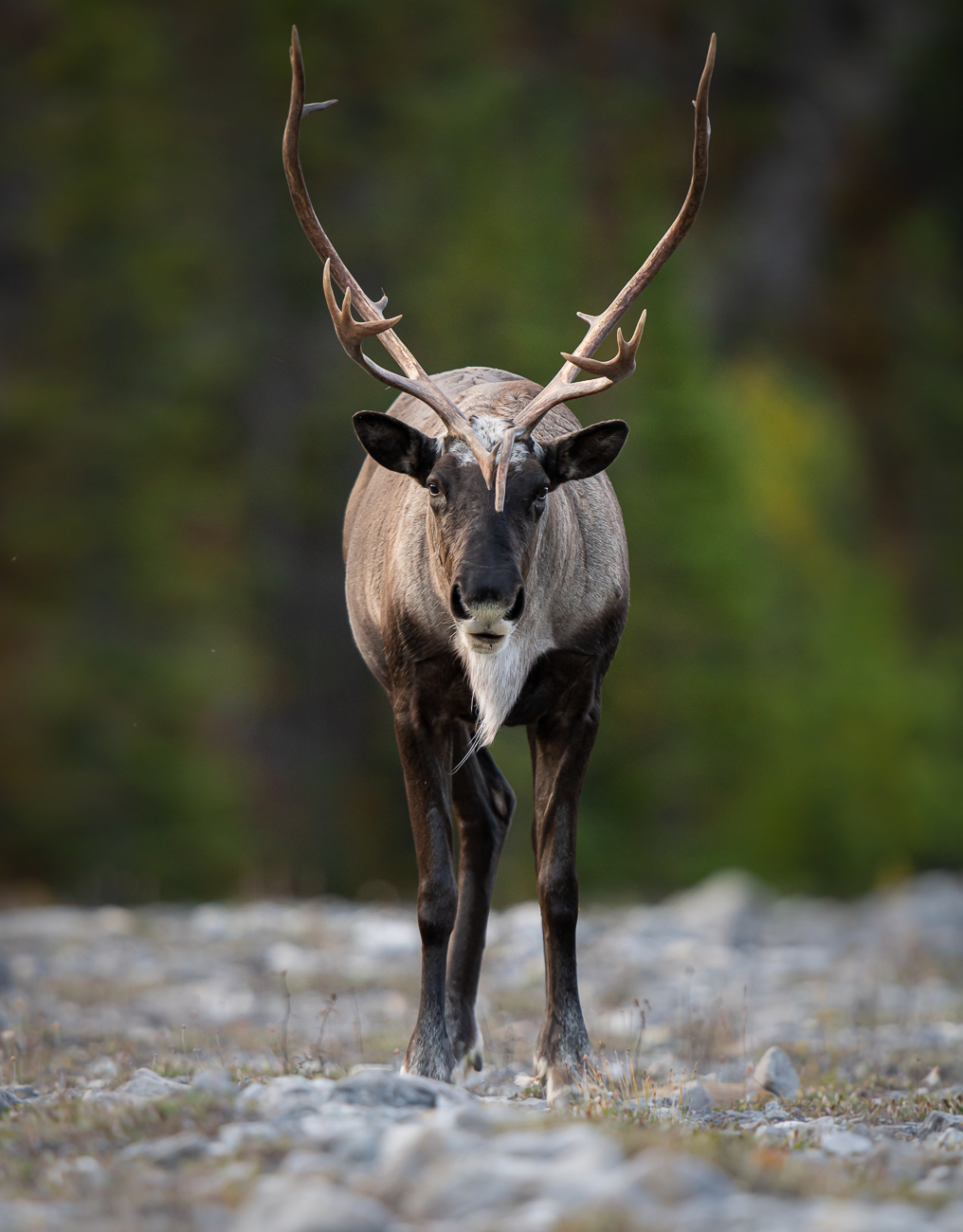 Problem solving is hard. And when it comes to our global biodiversity, there is no shortage of problems that require urgent solutions:
Problem solving is hard. And when it comes to our global biodiversity, there is no shortage of problems that require urgent solutions:
Habitat loss. Pollution. A changing climate. The exploitation of wildlife. Invasive species.
These are the biggest drivers of biodiversity loss and the consequence of each problem is the same: Species extirpation or extinction.
And those are scary words. But to really understand species loss, it’s also important to understand that some extinction is natural.
For billions of years, new species have evolved and found their niche across the biosphere.
How? Change. Because new life isn’t possible without change.
It’s called natural selection and we’ve known about the concept since Charles Darwin first started spending time on the Galapagos Islands.
To understand, let’s start with this nugget: Every individual is different – and I’m not just talking about humans.
Individuals within every population of every living organism display slightly different traits, even if those different traits aren’t totally noticeable to the human eye. Like how we don’t notice the difference between snowflakes! And yet they’re all unique!
These differences – these unique traits? Some are not helpful, some are meaningless and others are really, really useful – like unique fur colour helping an animal be more camouflaged when searching for food.
What Darwin discovered was that the really useful traits help specific individuals within specific species fulfill their ecological niches better than other individuals. That gives them an edge – a better chance at survival.
Maybe you’ve heard of the concept of survival of the fittest? This is basically it.
After all, when an individual survives, it has the chance to mate and, as you know from genetics, those who mate get the chance to pass forward their chromosomes – their traits and characteristics.
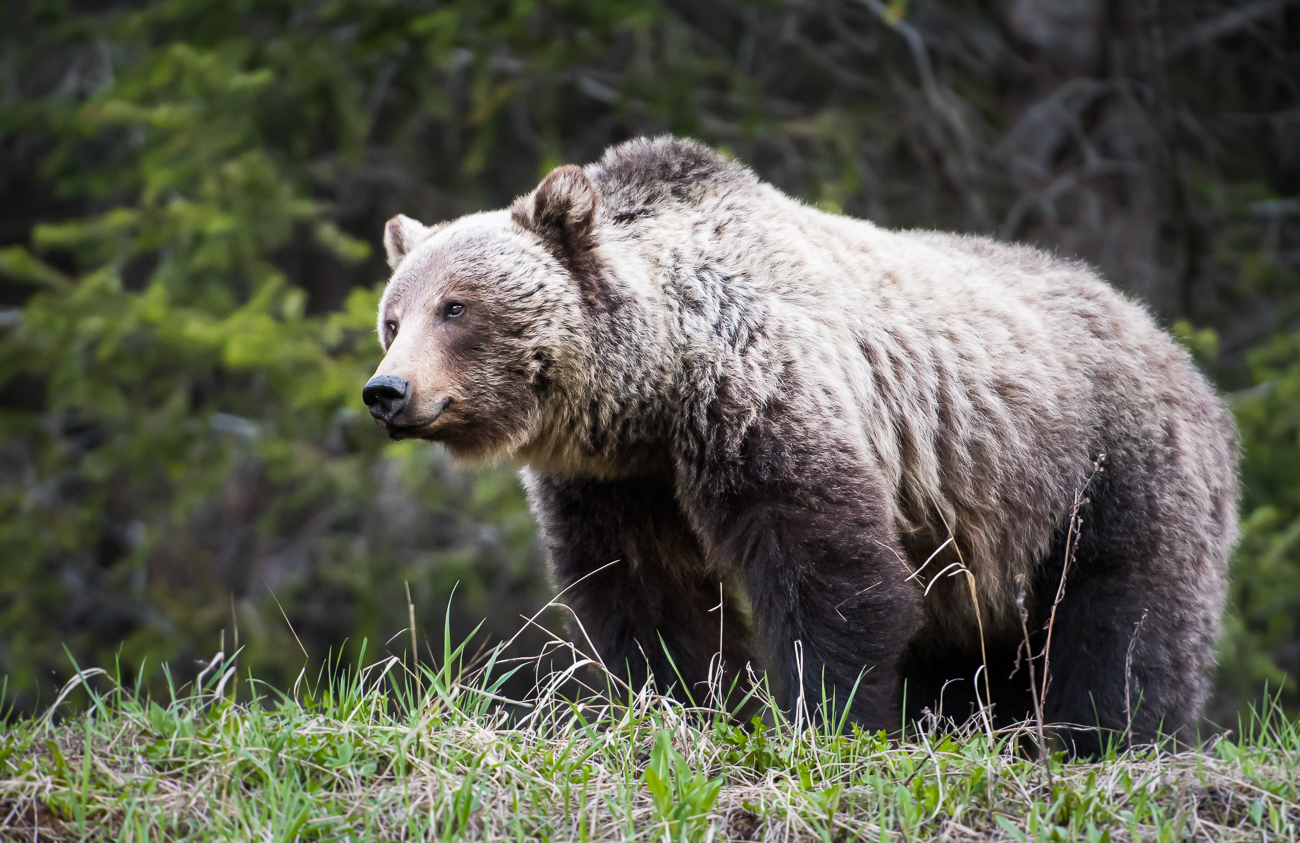 With time, a trait that was once a unique individual quirk – slightly longer claws, a hump of muscle around the shoulders – can become the norm for the entire species, since the individuals with the unique, helpful ecosystem adaptations become the individuals that survive and mate.
With time, a trait that was once a unique individual quirk – slightly longer claws, a hump of muscle around the shoulders – can become the norm for the entire species, since the individuals with the unique, helpful ecosystem adaptations become the individuals that survive and mate.
In other words, natural selection is evolution – and it also helps drive speciation, which is basically a backwards version of the Spice Girls song Two Become One.
Huh?
Well, speciation takes evolution the next step – specific traits within one species evolve so differently in different ecosystems, one species eventually evolves into two. Which is basically what happened with the grizzly bear and polar bear.
You see, both were once brown bears, the European name for what we call the grizzly, before some ventured into the harsh northern climates of our fair continent.
That northern population of brown bears? Through natural selection, they started evolving adaptations like thicker and lighter coloured fur for warmth and camouflage. And eventually those adaptions became so niche and so different from their brown bear ancestors, they evolved into an entirely new species: The polar bear!
Of course, what can become two, can eventually become one again.
Lost? Think about this:
As the world heats up, the high north is becoming more like a prairie and since there aren’t that many of us up there, those ever-wandering male grizzlies are giving it a test drive. And because lonely female polar bears are often the ones stuck on the tundra when male polar bears go fishing on ice flows – classic male behaviour, eh? – let’s just say it’s not only a male grizzly bears’ paws that are wandering, if you know what I mean.
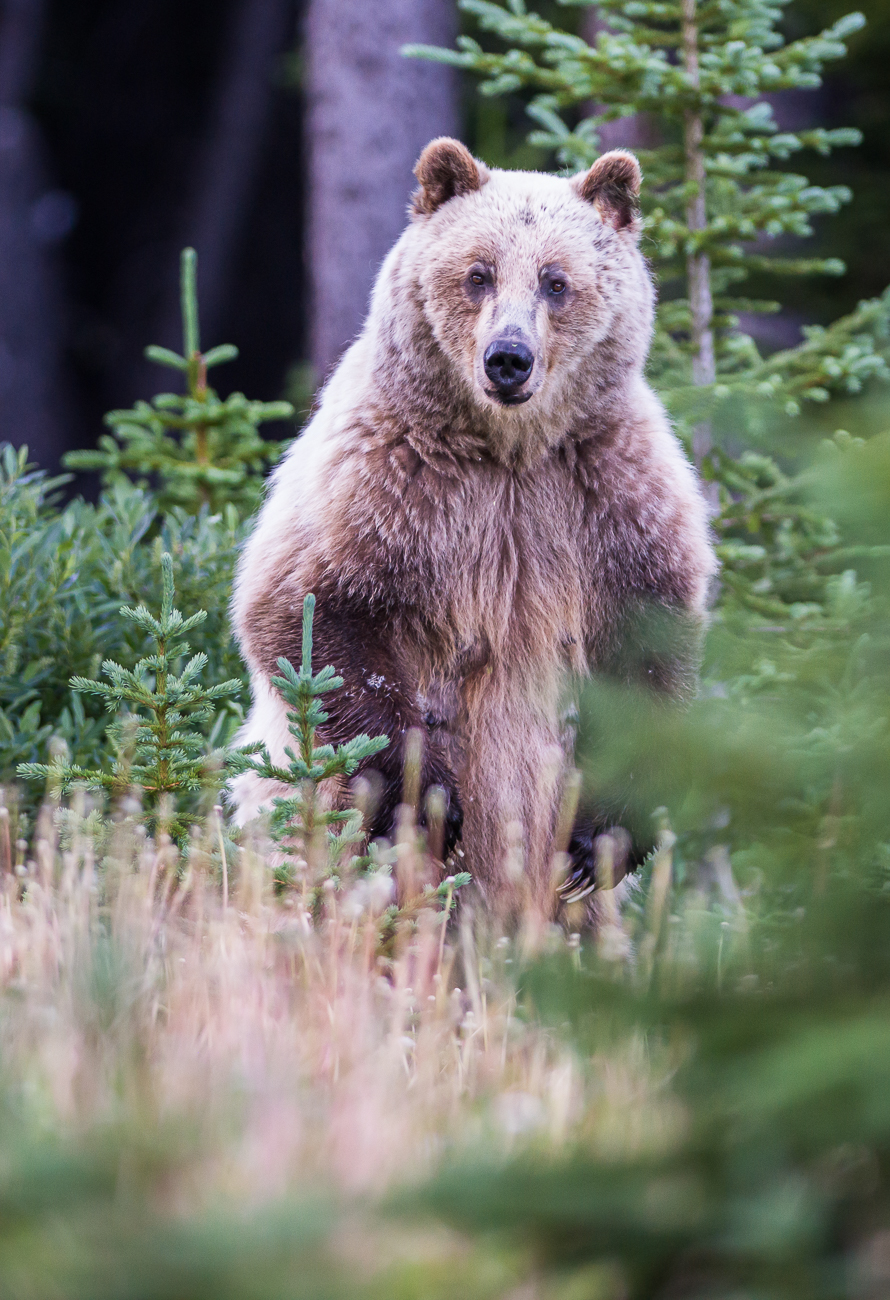 This is why hybrids called grolars and prizzlies are now in our dictionaries. It’s also why wandering grizzlies might eventually swamp – or take over – the gene pool of polar bears. Which is a form of (climate) adaptation, just not necessarily a good one.
This is why hybrids called grolars and prizzlies are now in our dictionaries. It’s also why wandering grizzlies might eventually swamp – or take over – the gene pool of polar bears. Which is a form of (climate) adaptation, just not necessarily a good one.
Now you might say, isn’t this just natural selection at work? Isn’t this just a case of one becoming two and, with environmental changes, two becoming one again?
Biologist Laura Kennedy asks us to reframe the question:
“Would those things be happening if humans weren’t in the picture? If we weren’t taking over grizzly bear habitat and forcing them up north? I think that’s the big question.”
Laura says what’s important to remember is “natural selection is allowing a species to adapt to a changing environment. Over the course of millennia environments may change the species itself and create a new one, or these old ones may die out. But extinction is still very much a problem. And we’re seeing these extinctions happen at an increasing rate now, and it’s not natural at all. We’re putting influences on the environment that have caused these species to not be able to adapt fast enough to those changes.”
Even though you’ve heard this, it’s important to recap to really understand what Laura means:
Scientists have analyzed Earth’s record keeping system – fossils – to understand how often natural selection creates natural die-out. It’s what’s known as the Background Extinction Rate. And though no one is certain – the fossil records aren’t quite the Wayback Machine – most believe one species goes extinct per Million Species Years.
That means if grizzlies were the only species slowly reclaiming a distant genetic cousin, removing the polar bear through natural selection in the doing, it would be one thing. But this isn’t a unique story.
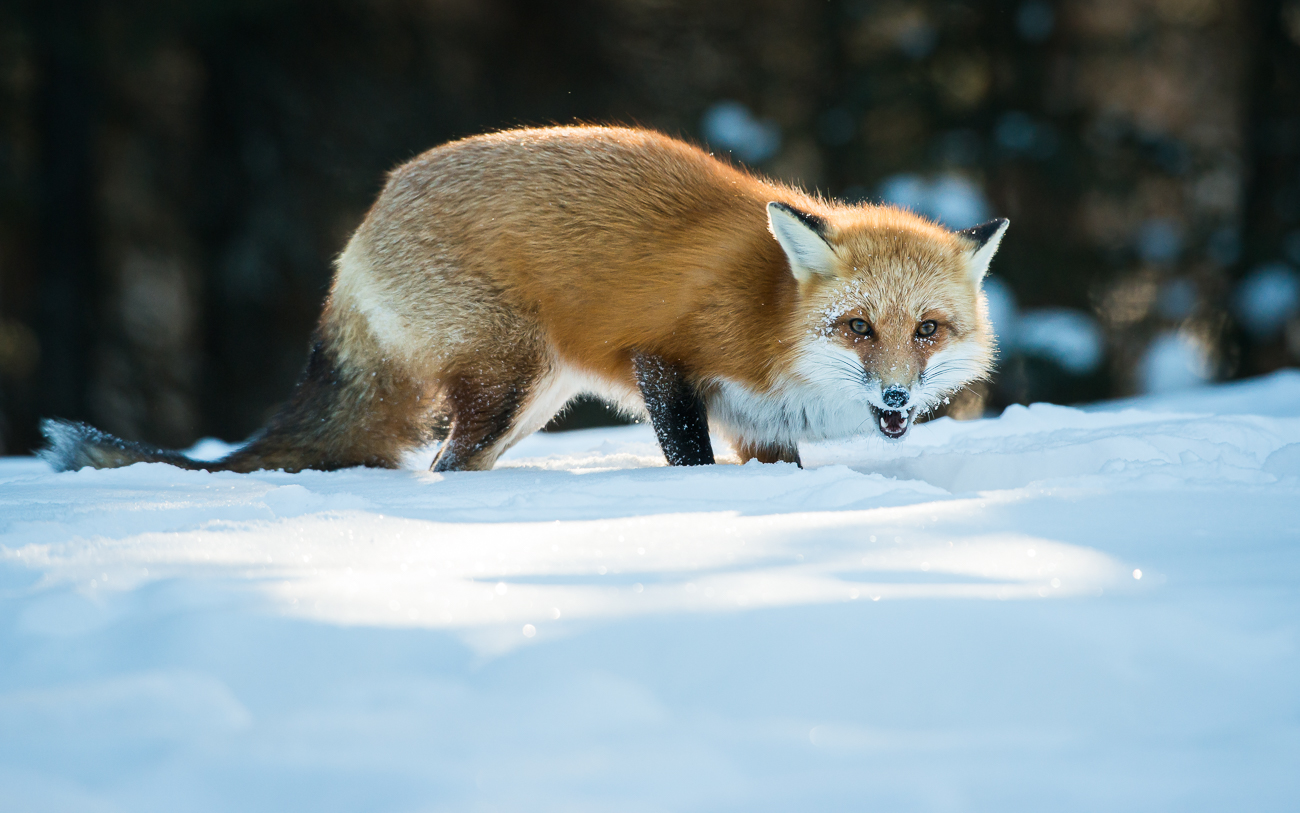 Scientists believe the red fox might swamp the gene pool of the arctic fox – eventually leading to its extinction. The river otter is more adaptable than the sea otter and it too could cause its relative’s extinction.
Scientists believe the red fox might swamp the gene pool of the arctic fox – eventually leading to its extinction. The river otter is more adaptable than the sea otter and it too could cause its relative’s extinction.
In fact, if you believe the eastern wolf is a distinct species, some think it’s already on the way out the door thanks to the highly adaptable coyote.
And all of these examples are debatable, but what’s not? The extinction of the western black rhino. It’s gone forever, exiting stage left in 2011.
And it’s not alone.
As you’ll remember, our current extinction rate, depending on what mathematical equation you believe and use, is ten-to-10,000 times higher than the planet’s Extinction Background Rate – the ‘natural’ natural selection, if you will.
According to a study that used a “conservative background rate of two extinctions per million species-years”, the species that disappeared during the last century should have taken 800-to-10,000 years to disappear.
Not the 100 years it actually took.
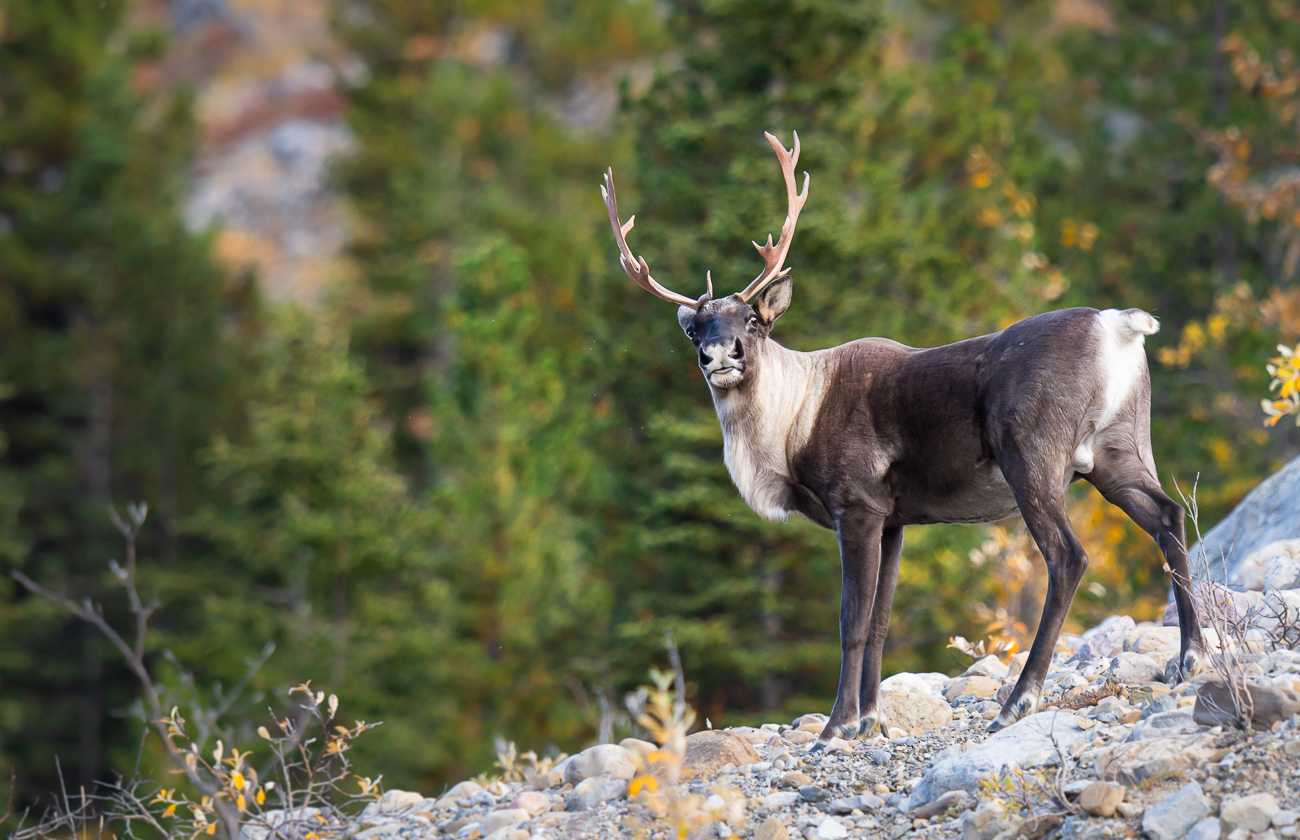 Now, let me contextualize the problem with a very Canadian example that you probably already know: The caribou.
Now, let me contextualize the problem with a very Canadian example that you probably already know: The caribou.
Their iconic migration is sparked each year by oceanic climate cycles – yes, even for caribou that live in the Rocky Mountains. Yet their arrival at their final destination is determined by the previous year’s weather.
Why?
Because that determines insect populations. And guess what? Caribou hate mosquitoes even more than you or me.
If there are too many bugs, they will keep moving until they can find cooler, more bug-free habitat. That means more energy is spent. That means young are less likely to survive.
So, yeah, a changing climate is a problem for caribou, but not their only problem.
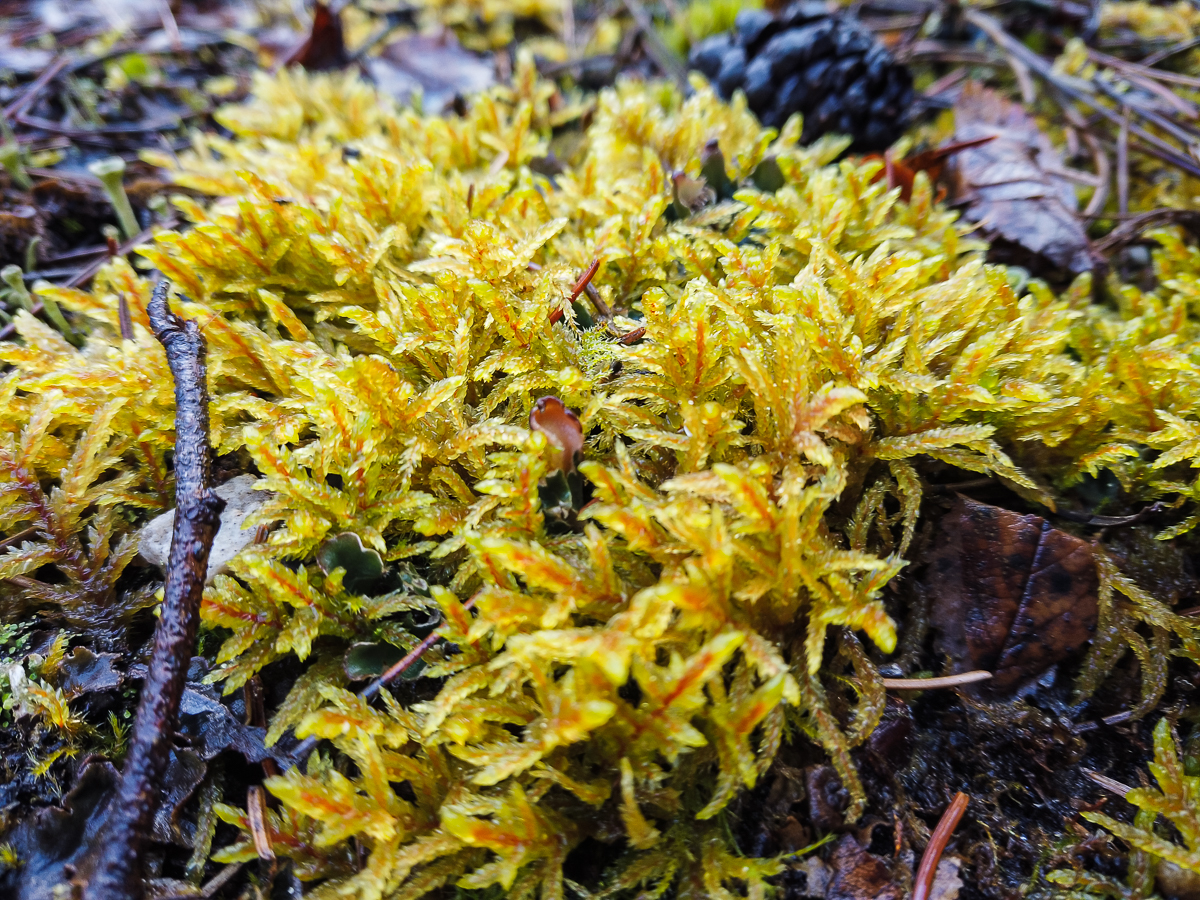 The lichen they depend on requires specific habitat to thrive – like old growth forests found along the valley bottoms west of the Rockies. But those forests are increasingly being developed and as the forests disappear, caribou are forced to move. Again.
The lichen they depend on requires specific habitat to thrive – like old growth forests found along the valley bottoms west of the Rockies. But those forests are increasingly being developed and as the forests disappear, caribou are forced to move. Again.
Movement means crossing more avalanche terrain, a major predator during the winter months. And it also means the movement of other animals.
How so?
Habitat change means new opportunities for moose and deer – the whitetail deer being, essentially, an invasive species in caribou habitat – and that creates competition for food. In fact, with time, the new competition can even alter the chemistry of a forest, further hurting the caribou.
But worst of all? When we develop a landscape, we leave behind roads that we then use for fun.
And guess what?
If we, say, ski and compress a high snow pack into an easy to navigate trail, predators (who aren’t super keen on hard work) all of a sudden have an easy superhighway to new prey.
Like caribou.
All of which means the caribou are in a spot of bother, as you’ve probably already heard.
There are seven subspecies of caribou – each having evolved slightly differently within their various ranges to help both animal and ecosystem thrive – and each one is in decline.
Now, this isn’t a new problem – it started way back when we first built a railway across Canada, but it is getting worse. Fast.
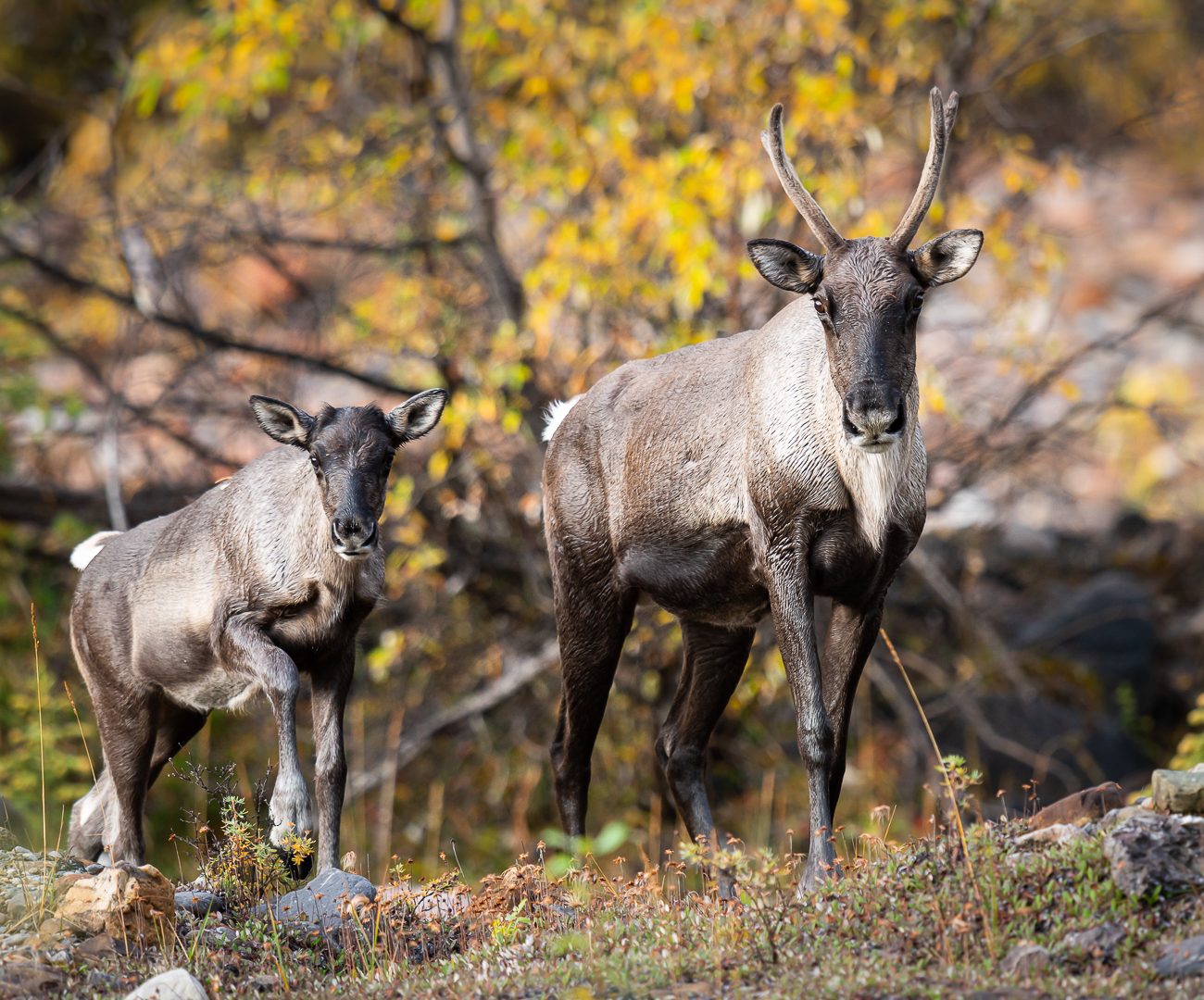 In the last twenty years, caribou numbers have dipped by 30% nationally. The mountain caribou subspecies, which calls Mount Robson home, numbers fewer than 2000. In the world.
In the last twenty years, caribou numbers have dipped by 30% nationally. The mountain caribou subspecies, which calls Mount Robson home, numbers fewer than 2000. In the world.
And in Mount Robson itself? The population might be down to just one individual.
If we lose caribou, an ecosystem loses a piece of its puzzle; an interconnected web becomes a chain and is easier to break. Natural processes – like lichen transportation – get lost and the ramifications? Well, we just don’t know.
Caribou are not a keystone species – they don’t impact every aspect of the food chain – but they might be our most important indicator species, given the size of their range, helping us understand the health of all life where they live.
And because caribou are also an umbrella species, by saving them, we can also save other life where they’re found.
But how to save the caribou? Can we save them? There are no easy answers.
And if we lost the caribou, it wouldn’t be the by-product of natural selection – it wouldn’t be an example of a species simply failing nature’s fitness test.
Once more, it’s not a unique story.
According to studies, we’ve averaged 1.2 land vertebrates – the pro-skeleton critters – going extinct every two years since the year 1500.
Does it matter? Some argue no. But many argue yes.
Why? Well, again, to recap:
Globally, nearly 70% of every monitored species is either decreasing in population or range or both.
In Canada, a comprehensive report that combines data from every level of government suggests that of the 50,000+ species we monitor, one in five are facing at least some risk of being lost and for 2000 of those species, they’re at high risk of disappearing from Canada’s landscape.
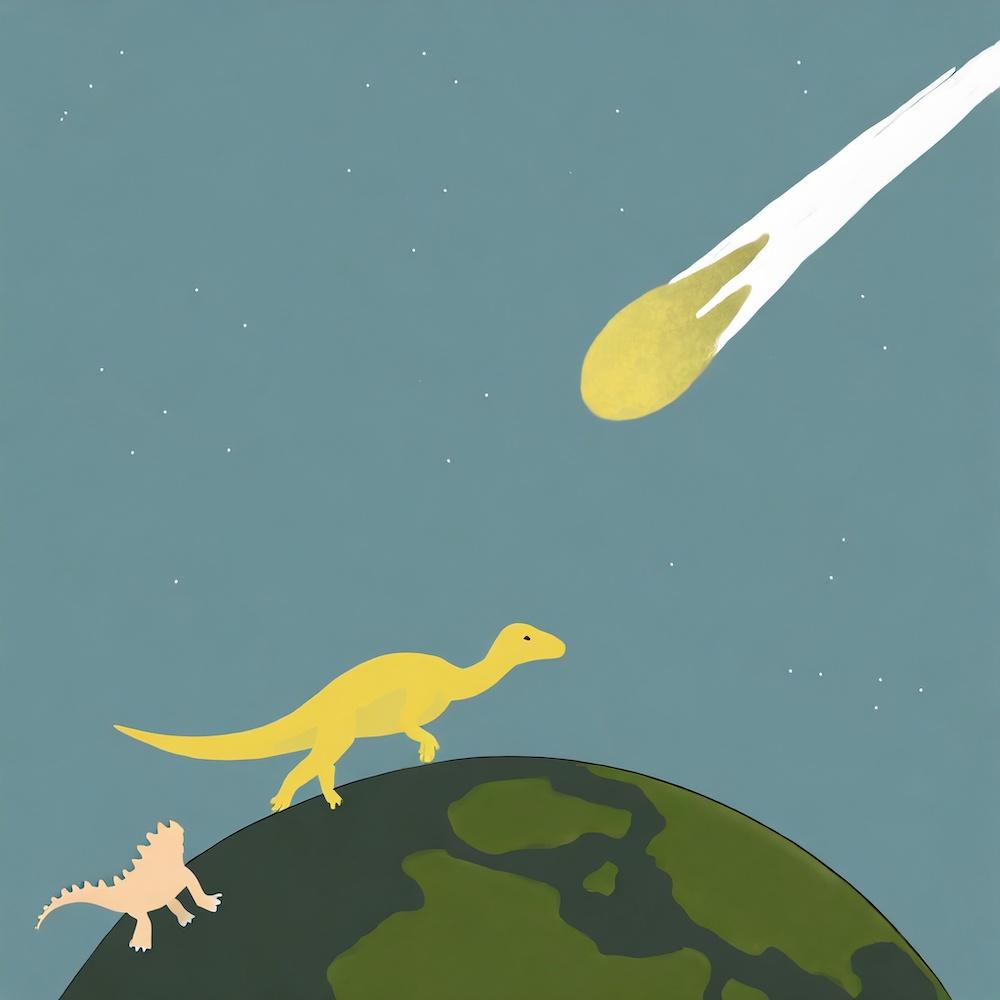 This has led some to conclude we’re entering a period of mass extinction – a cycle where roughly three quarters of all species disappear in a span of a few million years. There have been five in history – of course, the most famous being the one that whacked the dinosaurs.
This has led some to conclude we’re entering a period of mass extinction – a cycle where roughly three quarters of all species disappear in a span of a few million years. There have been five in history – of course, the most famous being the one that whacked the dinosaurs.
If we’re entering a sixth mass extinction, scientists tell us, unlike past extinction events, this one will be human-caused.
But this too is a debate and, if I may say so, not a particularly helpful one.
Why?
Because un-natural natural selection at a rate well-above the Background Extinction Rate means only one thing: biodiversity loss.
And, of course, that’s a problem for all life. Especially us.
This is why we need to understand the difference between natural selection and extinction in order to truly understand the stakes, allowing for thoughtful problem solving and better decision-making when we work to balance the needs of people and nature.